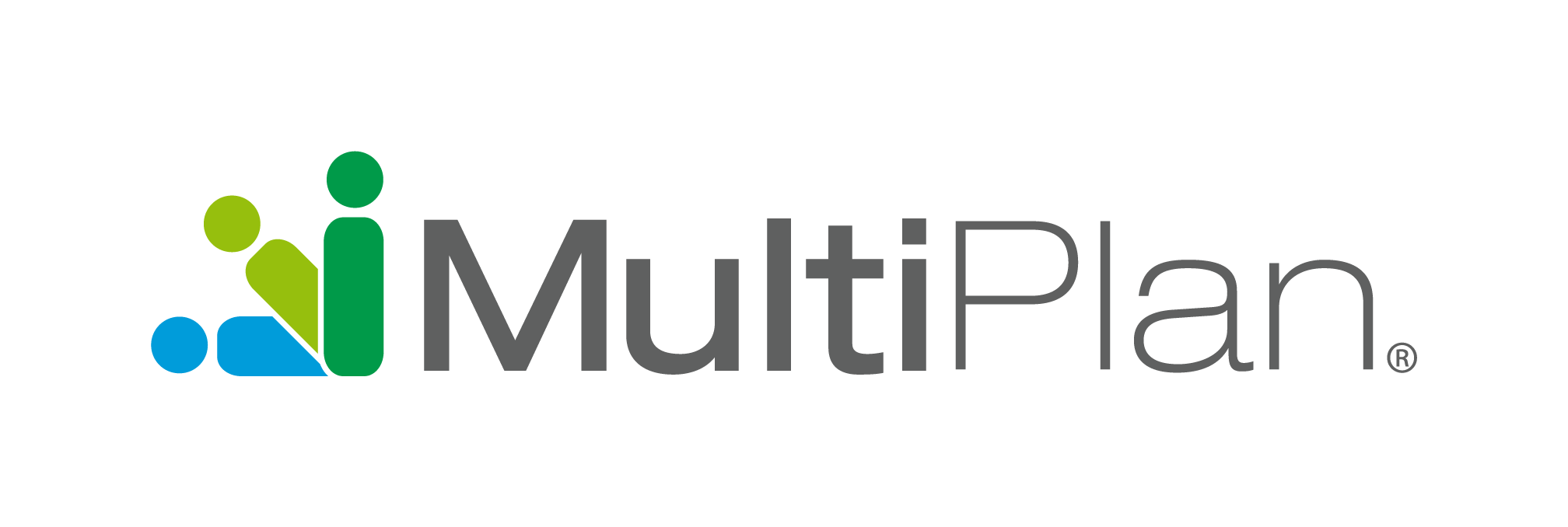The Departments issued an updated chart to help determine IDR eligibility
More than a year after the No Surprises Act (NSA) took effect, parts of the law are still creating challenges, including the independent dispute resolution (IDR) process. As you know, healthcare payors and providers can both ask that disputes be resolved through the IDR process if they cannot agree upon a payment amount after thirty days of negotiations.
Almost 70% of closed disputes were determined to be ineligible
From the time the Federal IDR portal opened on April 15 until September 30, 2022, 90,078 disputes were initiated. During the same time, 23,107 of those disputes were closed. However, a payment determination was made in only 3,576 disputes (15% of closed disputes) while the majority (15,895 disputes, or 69% of closed disputes) were determined to be ineligible for the Federal IDR process.
Why determining eligibility is complicated
In a recent report, the Departments of Health and Human Services (HHS), Labor, and the Treasury (the Departments) said the process for determining eligibility is much more complicated and time consuming than initially thought.
IDR entities must consider several factors when determining eligibility, including:
- Determining state versus federal jurisdiction
- Batching and bundling claims correctly
- Complying with applicable time periods
- Completing open negotiations
Determining jurisdiction is complicated because:
- Twenty-two states have specified state laws or All-Payer Model Agreements that protect consumers from surprise billing and provide a method for determining the OON rate.
- For fully insured plans, 4 states have specified state laws that apply to all surprise bills, while 18 states have a bifurcated process, where some surprise bill items or services are subject to the Federal process while the rest are subject to state law. CMS has published guidance to help clarify.
- All surprise bills in the remaining 28 states are subject to the NSA.
The Departments issue a chart to help determine eligibility
To help determine eligibility, the Departments issued a chart on August 23, 2022 and recently updated it. Highlights from the chart follow.
The Federal IDR process does not apply:
- To items/services payable by Medicare, Medicaid, the Children’s Health Insurance Program or TRICARE
- In cases where a specified state law (SSL) or All-Payer Model Agreement (APMA) provides a method for determining the amount payable under a group health plan or group or individual health insurance coverage with respect to the OON items and services provided.
The IDR process does apply to:
- Self-insured plans sponsored by private employers, private employee organizations, or both (i.e., self-insured plans governed by the Employee Retirement Income Security Act (ERISA)) in all states, except in cases in which:
- A self-insured plan has opted into an SSL in a state that permits these plans to opt in
- An APMA applies with respect to the plan, the nonparticipating provider or nonparticipating emergency facility, and the item or service
- To Federal Employees Health Benefits (FEHB) plans in all states, except in cases where an Office of Personnel Management (OPM) contract with an FEHB Carrier includes terms that adopt the state process
The chart also includes a high-level summary to assist in determining whether the Federal IDR process or a state law or All-Payer Model Agreement applies for determining the out-of-network rate. You can find the complete chart here.
The information provided on this website does not, and is not intended to, constitute legal advice; instead, all information, content, and materials available on this site are for general informational purposes. If you have questions about how the No Surprises Act applies to your organization, please consult your legal counsel.

